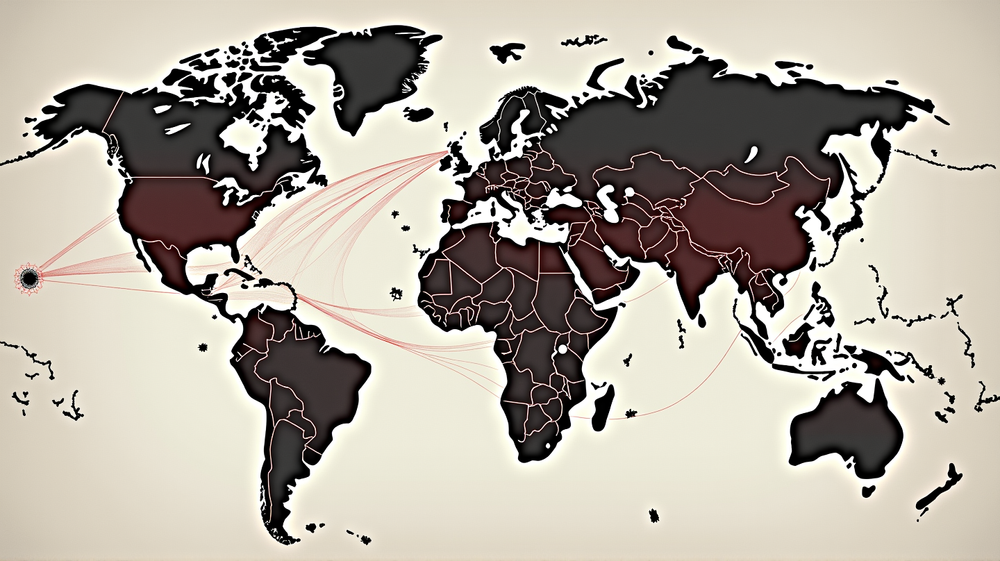Haqqani Network: The Web of Crime and Influence Spanning Afghanistan and Pakistan
The Haqqani network, emblematic of organized crime’s complexities, showcases how kinship and innovation feed an extensive and shadowy world. These criminal enterprises are seamlessly interwoven into various markets and societies across Afghanistan and Pakistan.
Understanding Organized Crime: An Elusive Phenomenon
Organized crime continues to be an elusive, broadly defined phenomenon. Initial definitions, such as those arising from the prohibition of alcohol in the United States, simplified these networks as mere businesses of criminal acts. However, scholars and international protocols reveal organized crime as complex configurations wielding notable social and economic influence. According to Modern Ghana, the United Nations’ Palermo Protocol underscores that collaboration and conspiracy are cornerstones for these networks’ longevity, navigation, and success.
Kinship: The Glue of Crime Networks
During the pivotal 1965 Oyster Bay conference, definitions expanded beyond individual criminal acts to highlight a conspiratorial essence, emphasizing the role of familial ties and hierarchies. Sociologists like Donald Cressey illustrated how organized crime maximizes profits by embedding itself into societies, with kinship serving as an essential tool for social infiltration. The Haqqani network epitomizes this social interdependence, using tribal connections and religious ties to anchor itself powerfully both locally and internationally.
The Financial Fabric of Crime
For networks like Haqqani strong financial systems are foundational. By exploiting financial opportunities within both licit and illicit markets, these groups expand their influence. Despite global legal crackdowns, organized crime’s resolve perseveres, continually reforming its pathways, often through logical, business-like decisions.
Haqqani Network’s Tentacles: An Afghan-Pakistani Nexus
The Haqqani network rises as a case study illustrating criminal insurgency aligned with violent ideological struggles. Emerging robustly during the Soviet-Afghan wars, it operated under the façade of guerrilla warfare while strategically embedding itself into the criminal underworld, primarily through opium trade. This dual existence reinforces a blend of “social banditry” and underworld operation, granting them regional and global influence.
Adapting Crime Routes: From the Balkans to A New Frontier
Recent shifts in opiate trafficking routes, moving from traditional Balkan passages to safer maritime routes through South and Eastern Africa, exhibit the network’s innovative adaptability. They demonstrate how organized crime adjusts to enforcement pressures by ensuring its illegal enterprises remain agile yet deeply rooted in enabling political and social connections.
Organized crime, as embodied by the Haqqani network, endures as a masterclass of adaptability and resilience. It challenges both nations and communities to address not only the overt criminal activities but also the subtle social and economic structures that allow them to thrive endlessly.




